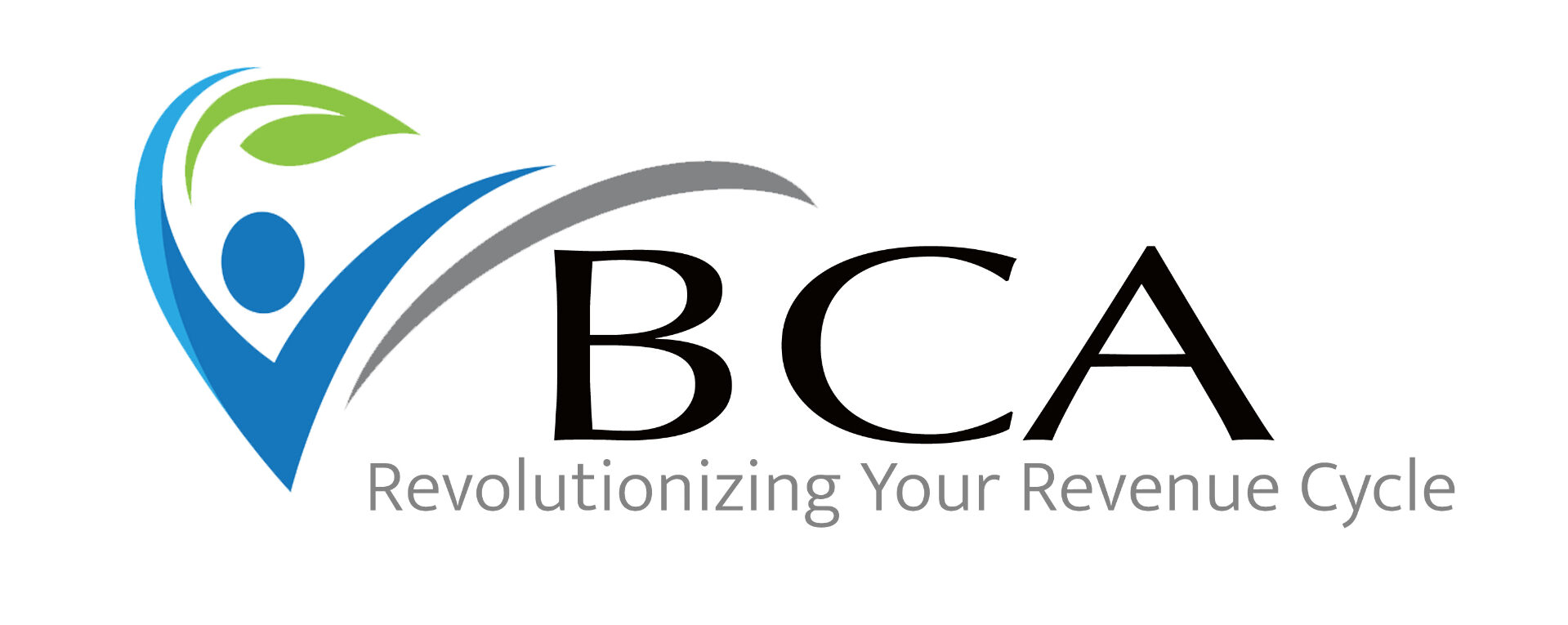In E/M documentation, the Review of Systems (ROS) and Physical Exam (PE) remain core building blocks. Yet, they’re also common sources of errors, over-documentation, and even compliance risk. Whether you’re a seasoned provider or new to practice, it’s worth revisiting what’s expected — and what’s not — to keep your notes accurate, compliant, and aligned with the level of service you’re billing.
Review of Systems (ROS) – A Focused History, Not a Dump
Per AMA, AAFP, AAP, AHIMA, and CMS guidance, the ROS is a patient-reported inventory of symptoms organized by body system. It is not a physical exam, and it’s not a place to list every negative finding from a template.
Best practice:
- Keep it relevant to the chief complaint and clinical context.
- Document only the systems you actually reviewed.
- Use patient-friendly language when asking questions; this can improve accuracy and completeness.
Common pitfalls:
- Cloning past ROS entries without confirmation from the patient.
- Listing a “complete” ROS for every encounter — including acute, straightforward visits where it’s unnecessary.
- Copying the PE into the ROS section or vice versa.
Physical Exam (PE) – Objective, Clinically Driven
The PE is your objective assessment of the patient’s current condition. Documentation should reflect what you actually examined today — not a standard set of findings pulled from a template.
Best practice:
- Tailor your exam to the presenting problem(s).
- Avoid documenting “normal” in systems you didn’t assess.
- Use terminology consistent with accepted clinical standards and your specialty.
Common pitfalls:
- Over-documenting full multi-system exams for minor or single-issue visits.
- Using pre-populated templates without editing them to reflect what you actually did.
- Including exam findings unrelated to the patient’s condition to “justify” a higher level of service.
Why It Matters for E/M Levels
Since 2021, outpatient E/M coding for most services is based on Medical Decision Making (MDM) or time — not bullet counting. However, ROS and PE still matter:
- Accuracy: Over-documented notes can misrepresent the complexity of care.
- Audit defense: Auditors may question whether documentation was medically necessary.
- Clinical clarity: Clear, focused notes improve care coordination and patient safety.
Bottom line: ROS and PE should be as detailed as the patient’s condition requires — and no more. The goal is quality, not quantity.
Quick Compliance Check
Before signing your note, ask:
- Did I personally review and confirm the ROS?
- Does my PE reflect exactly what I examined?
- Is everything I documented relevant to today’s encounter?
When done well, ROS and PE documentation not only supports accurate coding but also ensures your record is a true reflection of the visit — one that benefits the patient, the care team, and your compliance profile.
Next in the Series:
September 4 – Timely Authentication and FTCA Compliance
Sign up for our mailing list and follow along for more Back to Basics insights. http://eepurl.com/ihek1L
